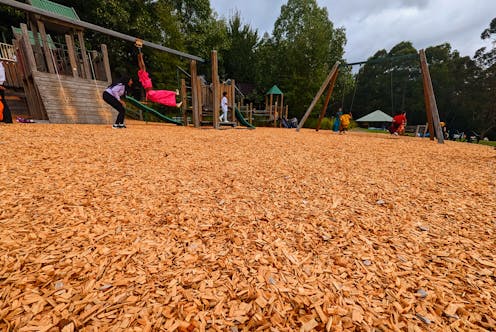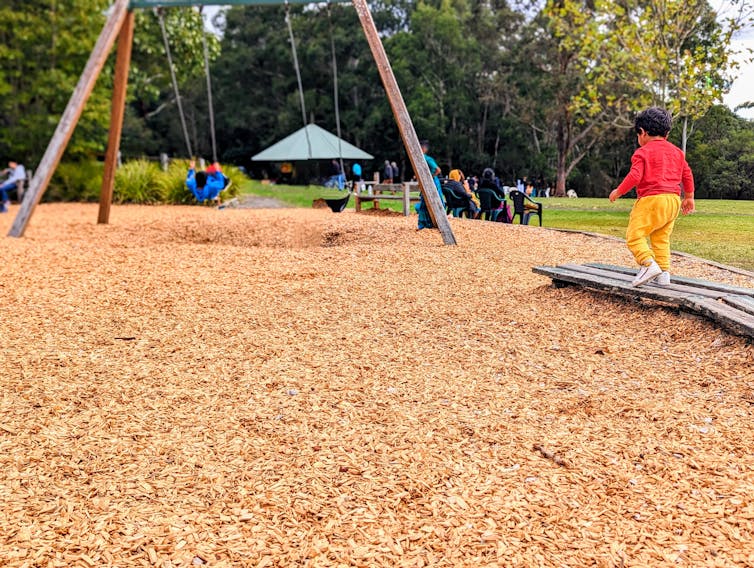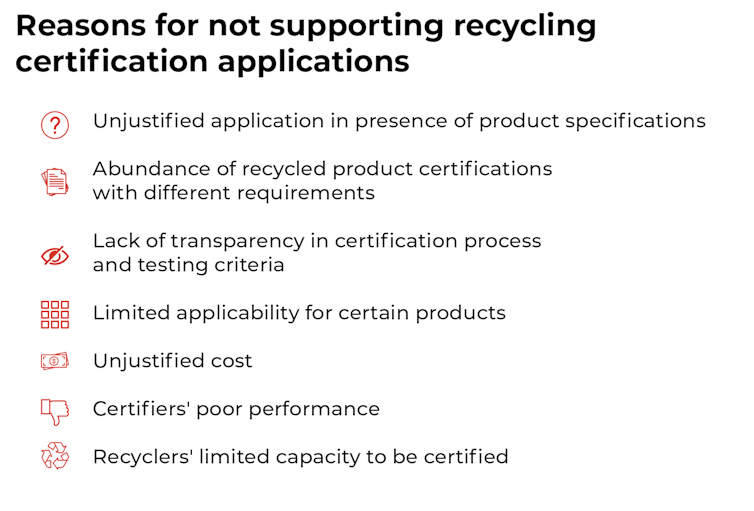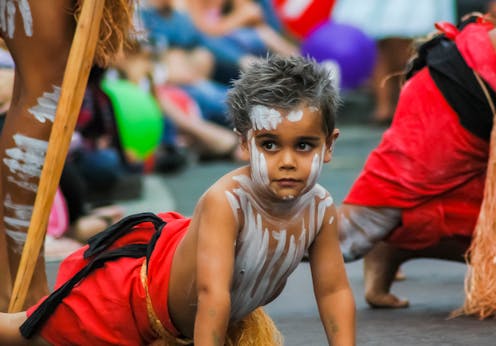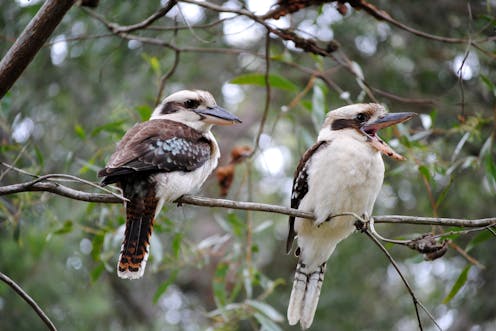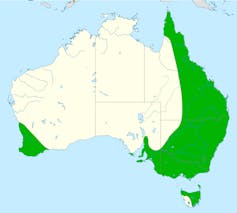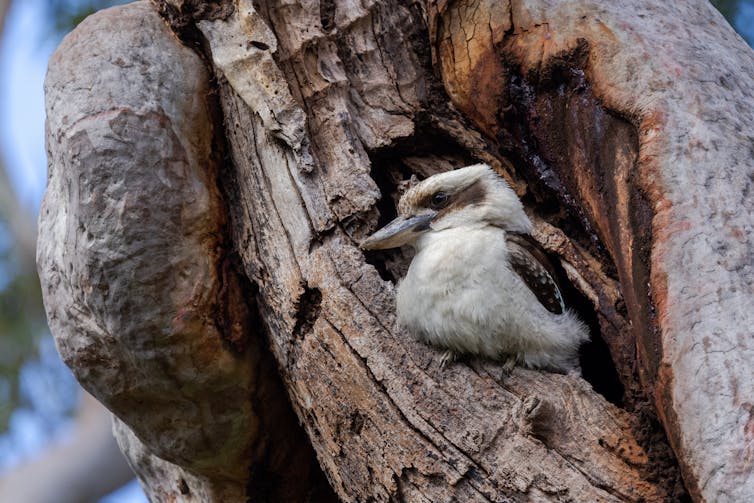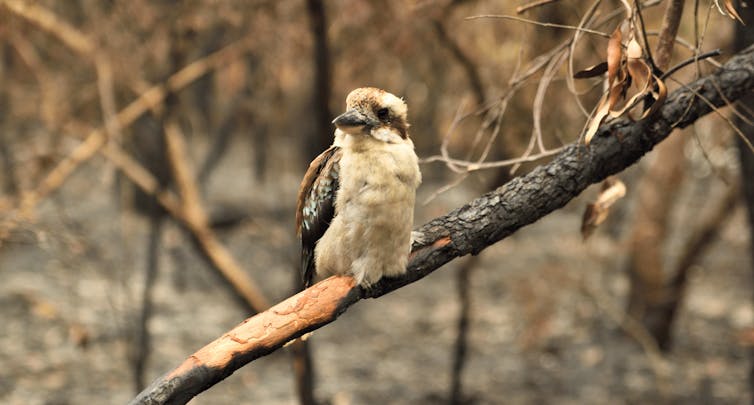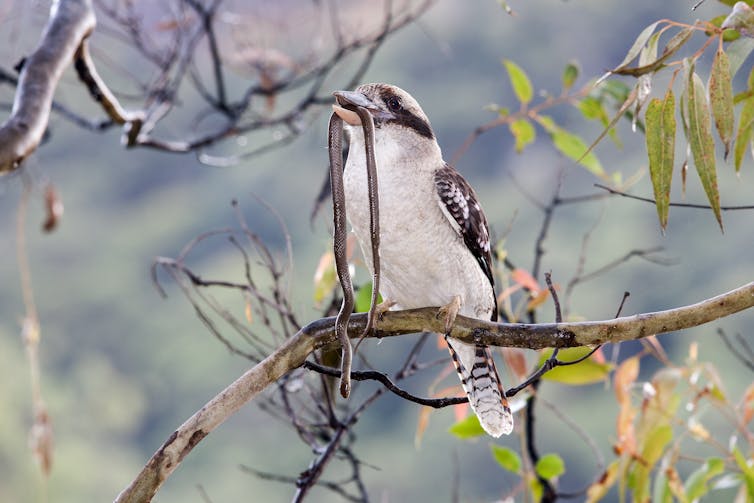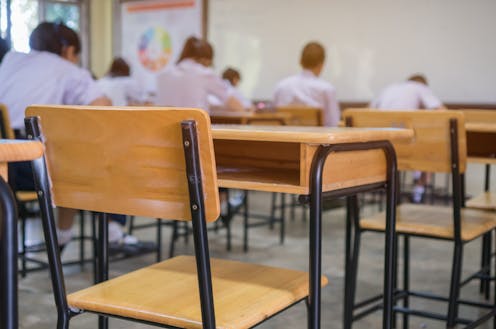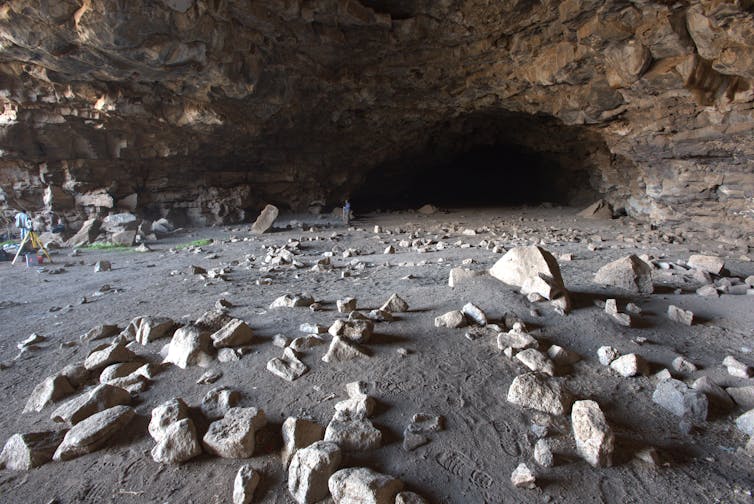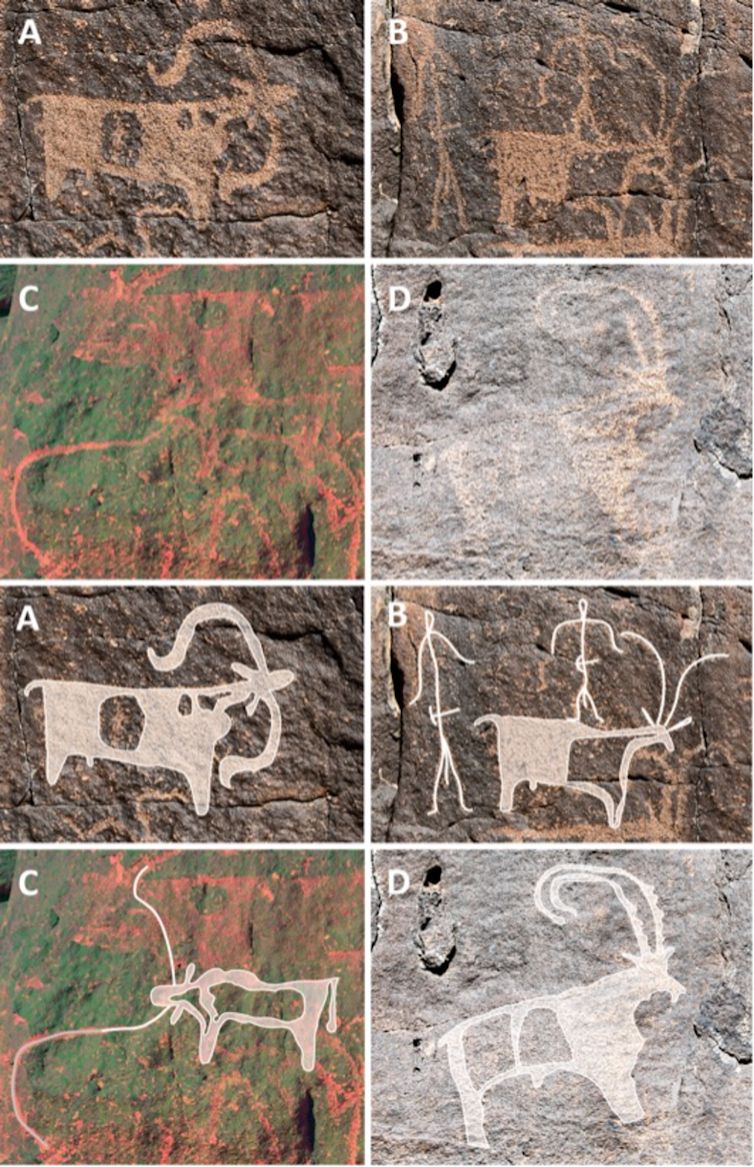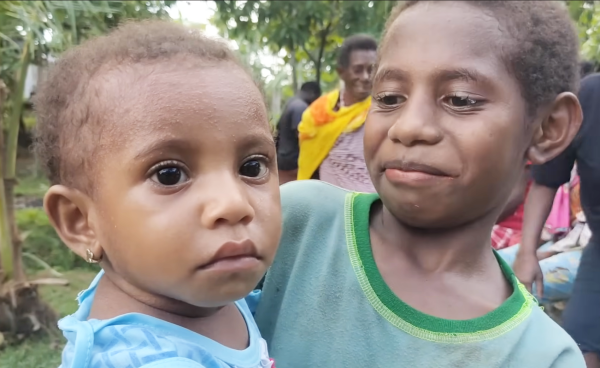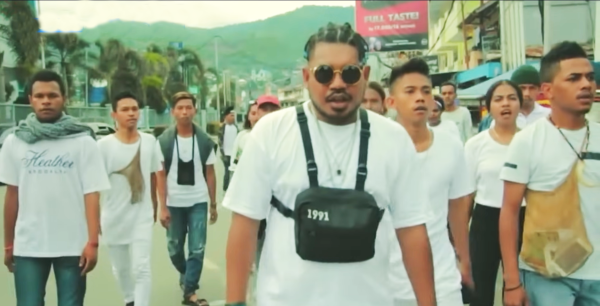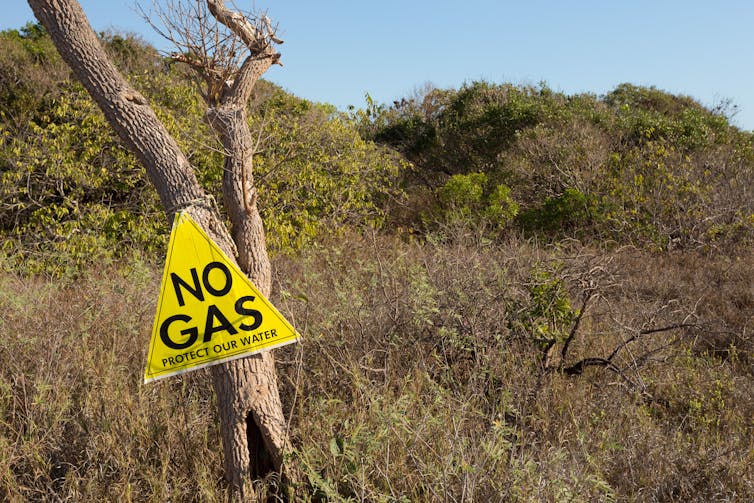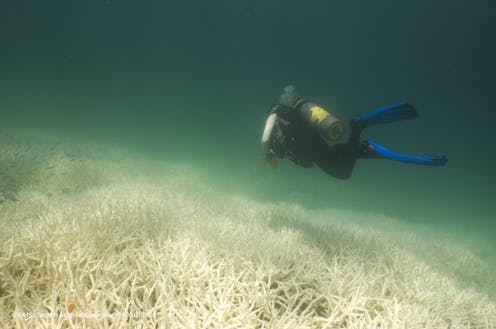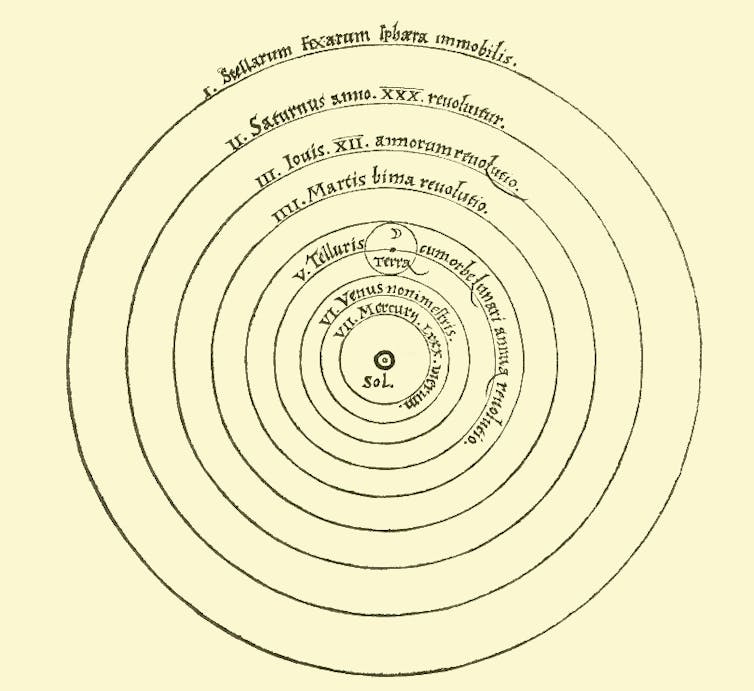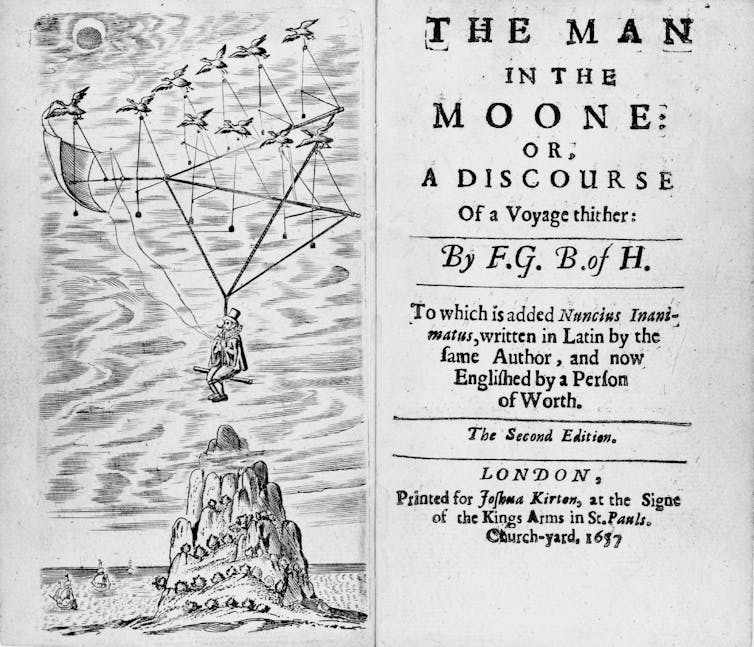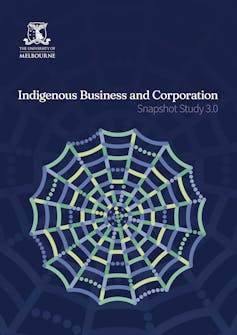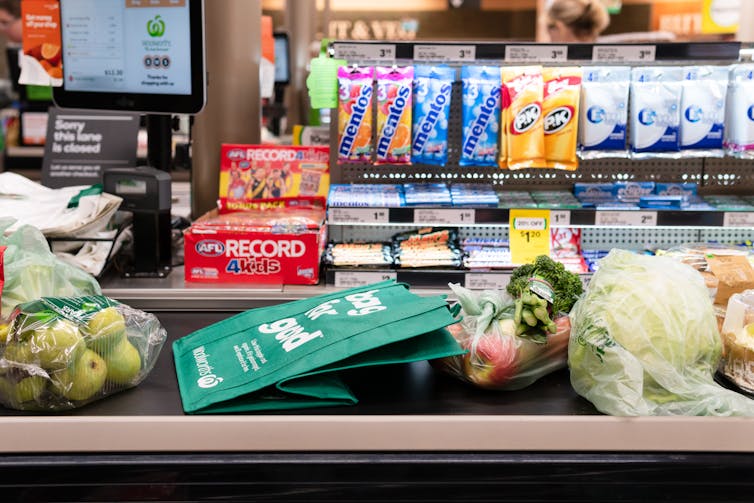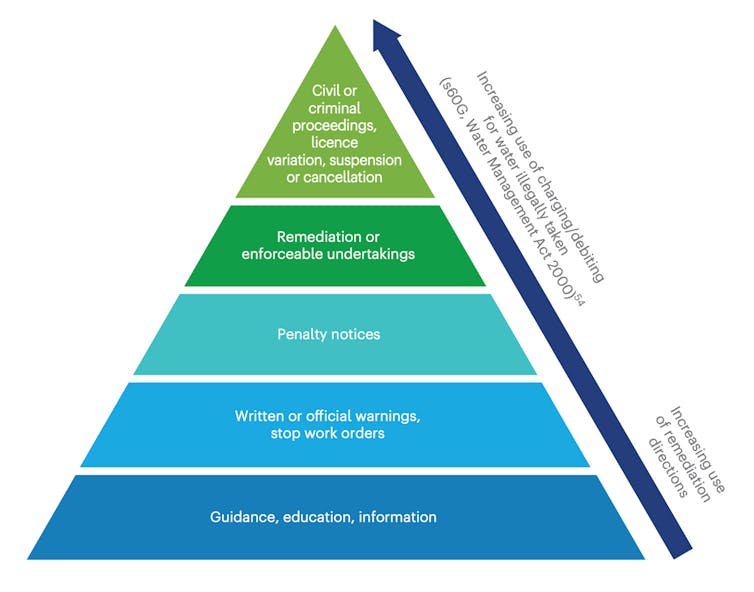Source: The Conversation (Au and NZ) – By Carol T Kulik, Research Professor, University of South Australia
In Australia, it’s not the done thing to know – let alone ask – what our colleagues are paid. Yet, it’s easy to see how pay transparency can make pay systems fairer and more effective.
With more information on how much certain tasks and roles are valued, employees can better understand and interpret pay differences, and advocate for themselves. When pay is weakly aligned with employee contributions, pay transparency can be embarrassing for firms.
As the government continues to legislate for pay transparency, wise employers should move to identify – and correct – both real and perceived inequities.
The salary taboo
At one extreme, imagine that you work for California-based tech company Buffer, which develops social media tools.
Buffer lists the salary of every company employee, in descending order, on its website. Salaries are non-negotiable and all Buffer employees receive a standard pay raise each year. Prospective job applicants can use Buffer’s online salary calculator to estimate their pay.
Does Buffer’s pay system make you cheer – “yay, no uncomfortable salary negotiations!”, or squirm – “what, my salary is on the website?”
Most probably, both. There is a persistent social norm researchers call the salary taboo. We want to know, but we don’t like to ask, and we definitely don’t want anyone to know that we’re asking.
In Norway, an app that enabled users to access neighbors’ tax-reported income was enormously popular – but only while the user could remain anonymous.
The problem with not knowing
Historically, companies have given employees only minimal information about their pay systems, and some have even prohibited them from sharing their own pay information.
Such non-transparency creates two big problems.
First, managers place too much trust in organisational systems. The more managers become convinced that pay decisions accurately reflect employee contributions, the less diligent they become about monitoring their own personal biases. Without accountability, it’s easy for an organisation’s pay system to drift into inequity.

Jason Goodman/Unsplash
Second, in the absence of comparative information, employees often suspect they are being underpaid – even if they aren’t.
In a survey of over 380,000 employees by data firm Payscale, 57% of employees paid at the market rate and 42% of people paid above the market rate all believed they were being underpaid.
However, unfounded it might be, a nagging sense of inequity can drive people out the door. Payscale estimates that people who think they are underpaid are 50% more likely than other employees to seek a new job in the next six months.
Pay transparency is trending
Broadly speaking, pay transparency policies see companies report their pay levels or ranges, explain their pay-setting processes, or encourage their employees to share pay information.
Some companies voluntarily share pay information in response to workforce demand, but there’s also a trend toward mandating pay transparency.
In Australia, pay secrecy terms are banned from employment contracts and the Workplace Gender Equality Agency is publishing employers’ gender pay gaps.
Read more:
Pay secrecy clauses are now banned in Australia; here’s how that could benefit you
The European Union’s Pay Transparency Directive already publishes gender pay gaps and requires employers to provide comparative pay data to employees upon request. Several US states and cities now require employers to include salary ranges in their recruitment materials.
Pay transparency usually has positive effects
In equitable pay systems, pay differences align with the differential values employees bring to the business. When pay systems are transparent, it’s easy for employees to recognise when they – and their coworkers – are being appropriately rewarded for their contributions.
Evidence is building that such transparency is often a good thing.
For one, it can increase employee performance and job satisfaction. People also generally underestimate their bosses’ salaries, so pay transparency can inspire employees to aspire to higher-paid senior positions. And pay transparency identifies staff with unique expertise, so employees seek help from the right coworkers.

Raymond Burrage/Unsplash
Pay transparency has also been shown to help narrow gender pay gaps. As pay transparency rules spread across public academic institutions in the US, the pay gap between male and female academics dramatically narrowed (in some states, it was even eliminated).
In Denmark, where firms are now required to provide pay statistics that compare men and women, the national gender pay gap has declined by 13% relative to the pre-legislation average.
But it can still be risky
Every pay system has pockets of unfairness, where managers have made special arrangements to attract or retain talent. Pay transparency exposes these exceptions, so they can be immediately explained or corrected.
But if there are too many such pockets, managers need to brace for a productivity downturn. When pay transparency reveals systematic inequities – for example, disparities based on gender – overall organisational productivity declines.
Over the long run, pay transparency leads to flatter and narrower pay distributions, but distributions can also be too flat and too narrow. Managers making pay decisions are aware that their decisions will be directly scrutinised and may become reluctant to assign high wages even for high performance.
If pay loses its motivating potential, employees can become disheartened, especially star performers.
Proceed with caution
As stakeholders on this issue demand more transparency, employers would be wise to stay ahead of legislative moves.
Independently making the first move is a show of good faith and can unfold in stages. A good first step is to reveal the pay ranges associated with groups of related roles, giving employers time to conduct internal audits, communicate with employees and systematically correct inequities as they surface.
In contrast, having to reveal pay data because of a government mandate can publicly expose patterns of inequity and cause permanent damage to a company’s reputation.
![]()
Carol T Kulik does not work for, consult, own shares in or receive funding from any company or organisation that would benefit from this article, and has disclosed no relevant affiliations beyond their academic appointment.
– ref. Why don’t Australians talk about their salaries? Pay transparency and fairness go hand-in-hand – https://theconversation.com/why-dont-australians-talk-about-their-salaries-pay-transparency-and-fairness-go-hand-in-hand-224067








